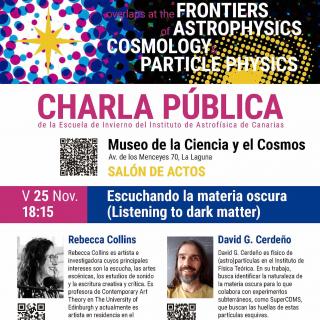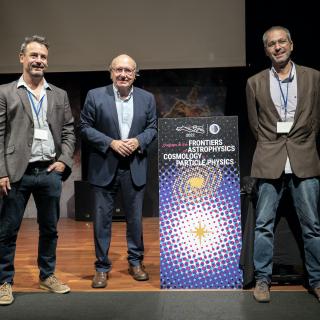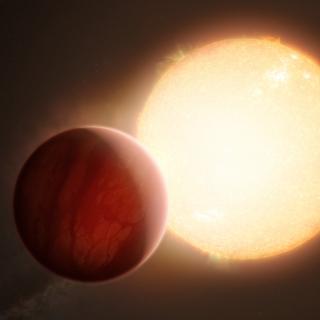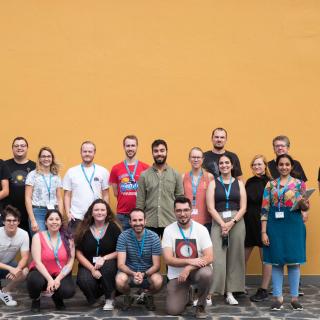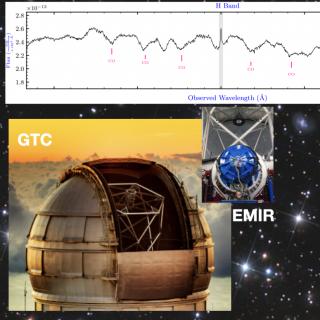
This Friday 2nd December at 17.30 will take place the public lecture “Challenges of Astrophysics and Cosmology”, which will tackle the role of technology in the comprehension of exoplanets, stellar formation and dark holes, among others, and the new questions that arise with the advancement of knowledge. The rendezvous is at the lecture theatre of the Museo de la Ciencia y el Cosmos, La Laguna (Tenerife). Malcolm Longair (Cavendish Laboratory, University of Cambridge) will give this public lecture on the occasion of the XXXIII Canary Islands Winter School - Overlaps at the Frontiers of
Advertised on
